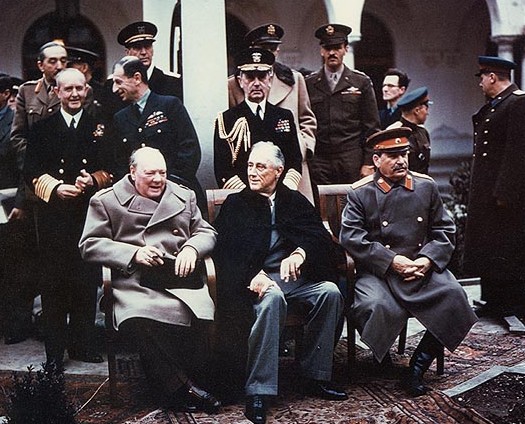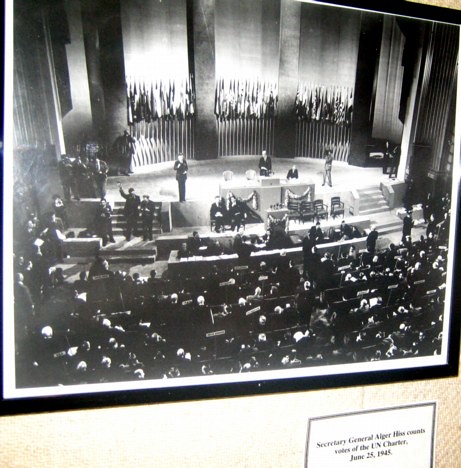I came across this
paper, which talks about something very interesting which I had never heard of before. It talks about how white males are generally less risk averse compared to females and non white males (which is the more politically correct way of saying coloured males).

Here’s a graph of how various risks that one could face in life are judged by these four demographic groups. Surprise surprise, one finds that on EVERY risk factor, white males think of the risks on a lower level compared to others. As the paper commented:
they generally possess a higher-than-average level of education and household income, are politically conservative, display hierarchal and individualistic worldviews, are more supportive of technological advances, and tend to place greater trust in authority figures, such as industry and government officials
Now keep in mind that this is research is based on an American population so the particular biases, limitations, etc. etc. apply. But I never thought of this in this manner. Before I go into this a bit more, let me point out that the research paper specifically emphasizes that this research should not be considered a conclusion that the White Males are the root cause of all issues and that the rest of the population is a homogenous lot and are put upon by these white males. No, the research clearly shows that there are statistically significant differences in risk taking in other parts of the population and that the actual risk taking is much more nuanced.
But going back to the white male effect, what grabbed my attention was how important this factor was. Look down history and take just the last century for example,and you will see that white males have generally been at the forefront of most historical turning points. Some photographs will prove my point.
1. The Treaty of Versailles

2. Yalta


3. League of Nations

4. United Nations founding.

5. Breton Woods

6. Kyoto Protocol

7. Celebrating fall of Berlin wall.

Anyway, you get the idea, there is a blaze of white male faces. Yes, yes, I know about Obama and Indira Gandhi and Margaret Thatcher and Angela Merkel and Golda Meir (there is much doubt about these ladies anyway typified by the quote about Margaret Thatcher that she was the only real man in the British cabinet...), but for the vast majority of the recent historical turning points, the preparation work, the negotiations, the signing, the implementation, the execution of these public policies have all been done by white males. Now think about this. Recent history has largely been driven by white males whose risk perception is statistically significant in being lower compared to other parts of the population.
What does this mean? This means that much of what we are currently living through (whether food standards, security standards, health and safety standards, etc. etc.) are governed by a scale which is lower than what one would have expected if the grand poo bah’s had more non white male members in the decision making and execution areas.
Let's take the first example, cigarette smoking and the eco-system around it. We are talking about the manufacturers, the regulators, the judges, the lawyers, the scientists, the journalists, the analysts, the reporters, the TV reporters, the protestors, by and large, were white males. And they thought that the risk of cigarette smoking was much lower than what other parts of the population thought. Now doing a bit of
back testing of this argument, if we had say a race/gender weighted risk understanding of cigarette smoking in the post Berlin Wall fall period, one can make a reasoned argument that restrictions on smoking would have been rolled out considerably earlier than what actually happened.
In each of the risk factors mentioned in the first graph, because of the nature of white males towards risk, one can make a good argument that a more nuanced way could have considerably reduced the risk for humans. Now that we have figured out that belling the cat would be a great idea to save the mice, who will bell the cat? Affirmative Action? Gender equality laws? Or is the prevention worse than the cure? I am not sure I have the answer, but I am sure that the answer is not going to be easy.























